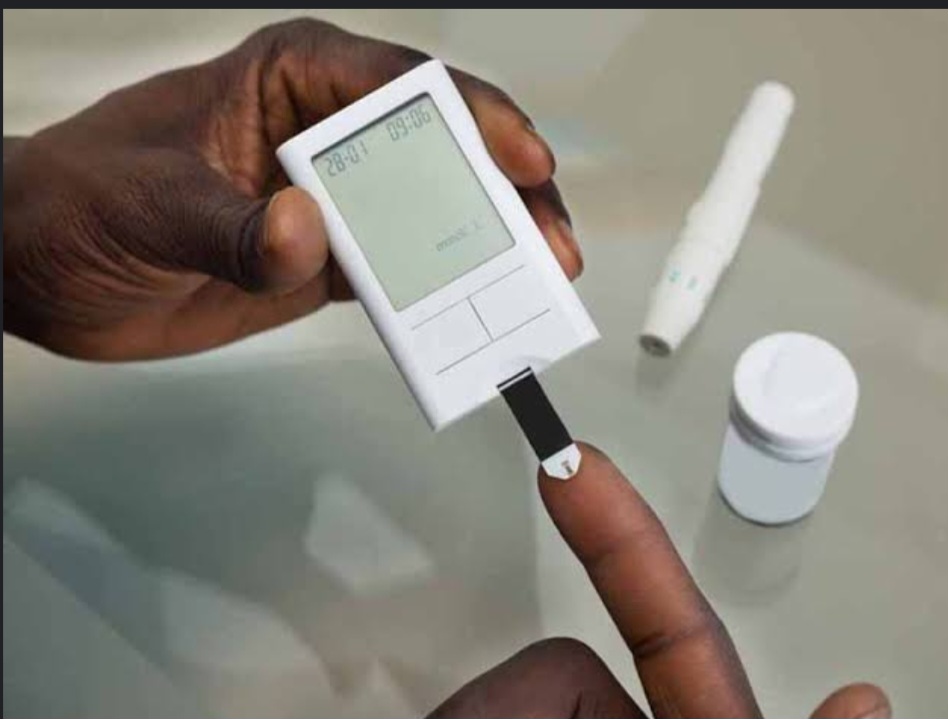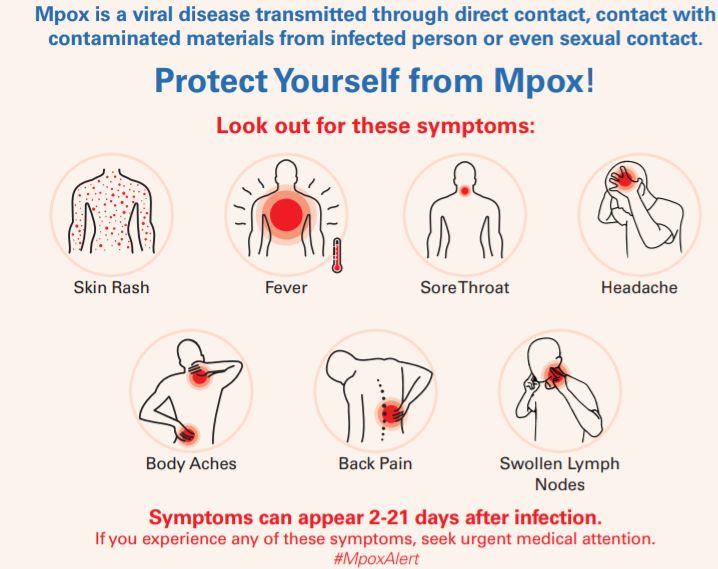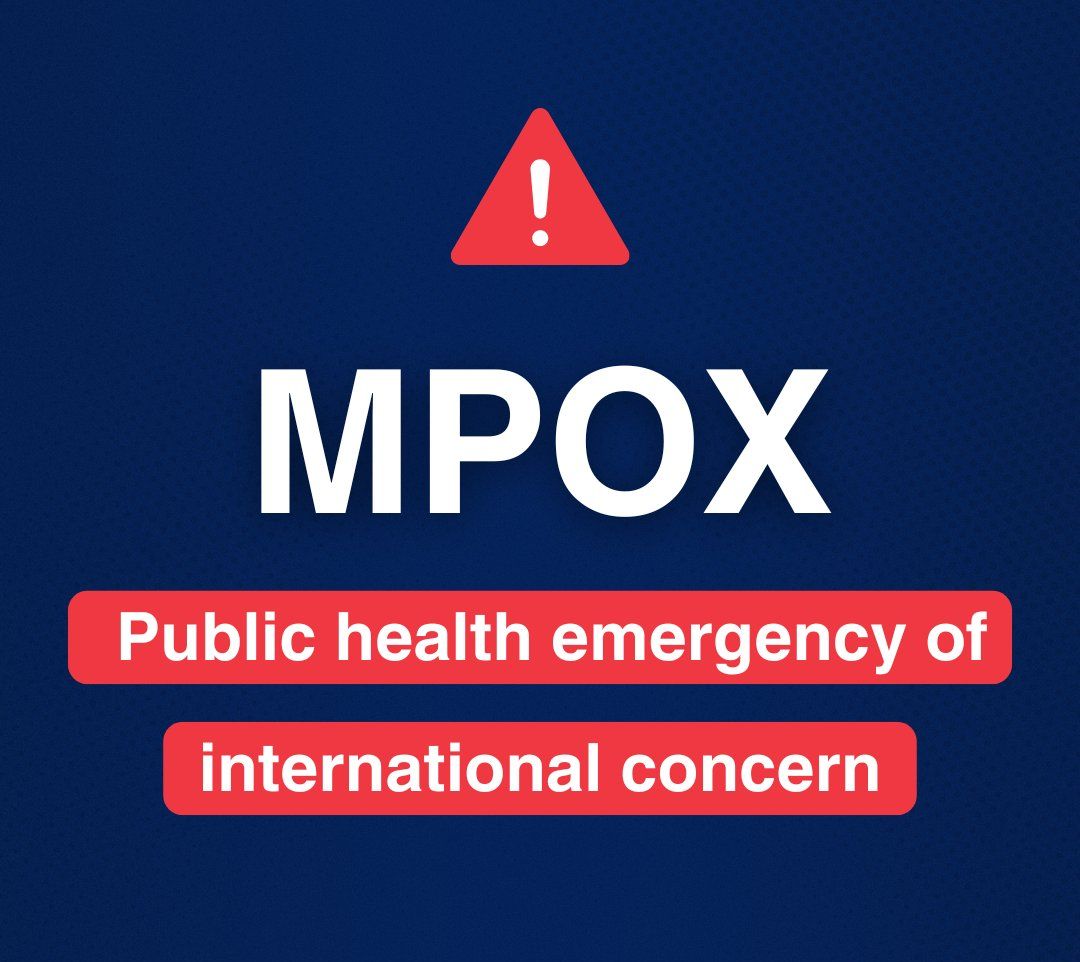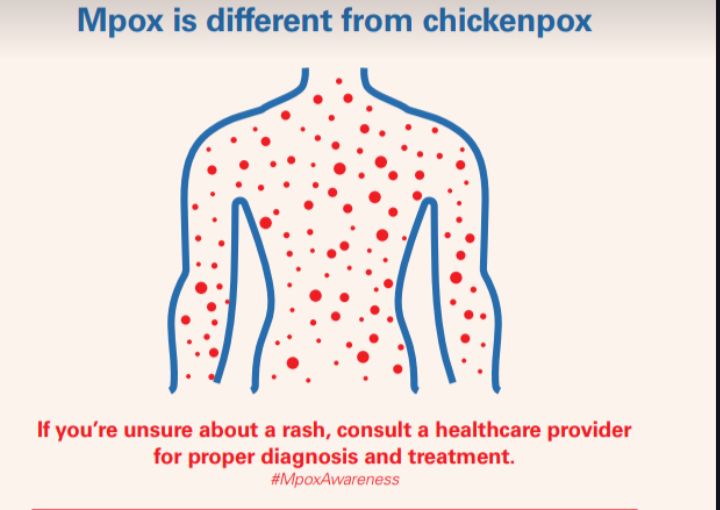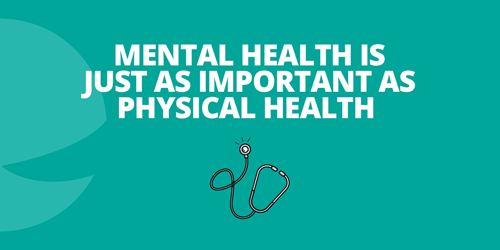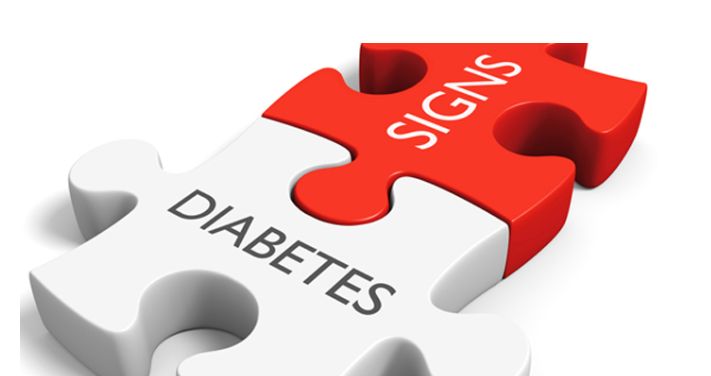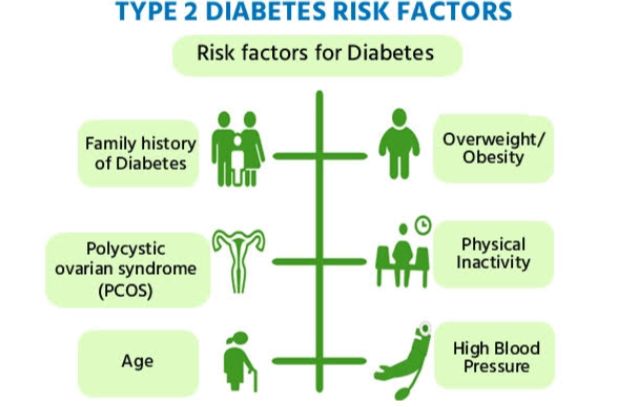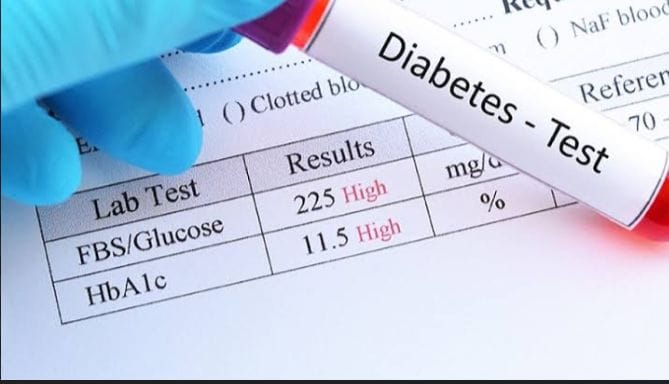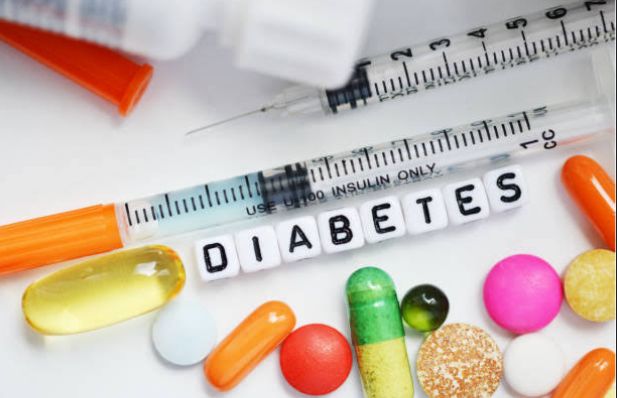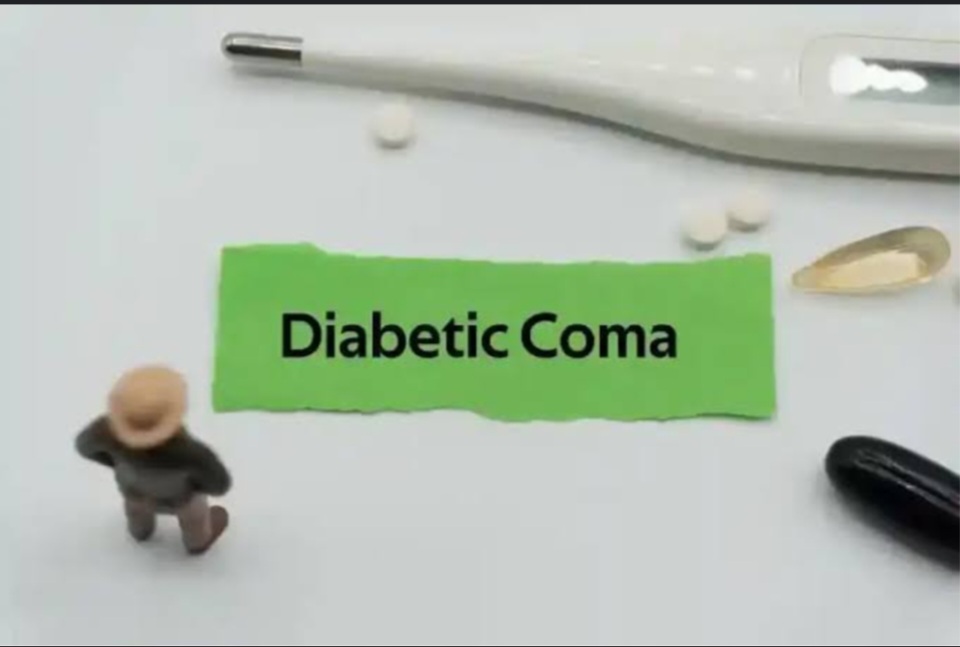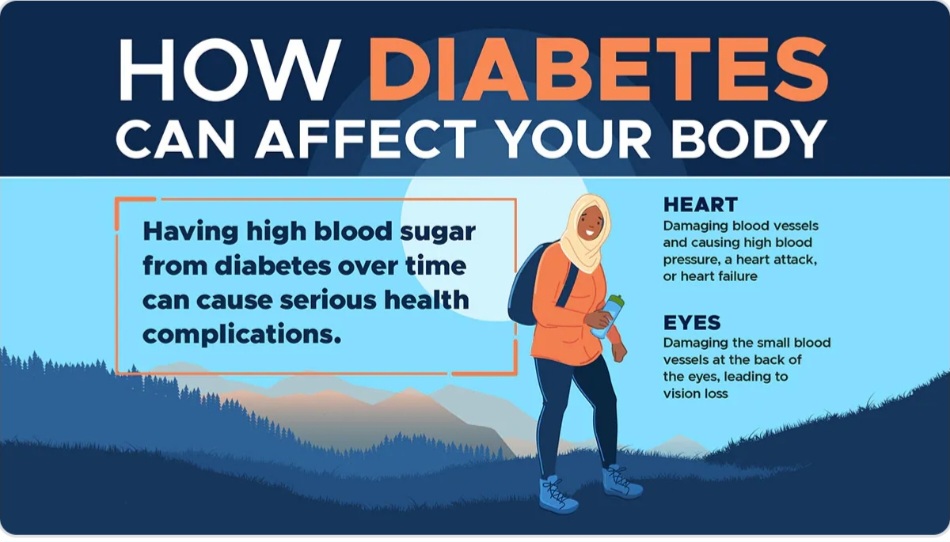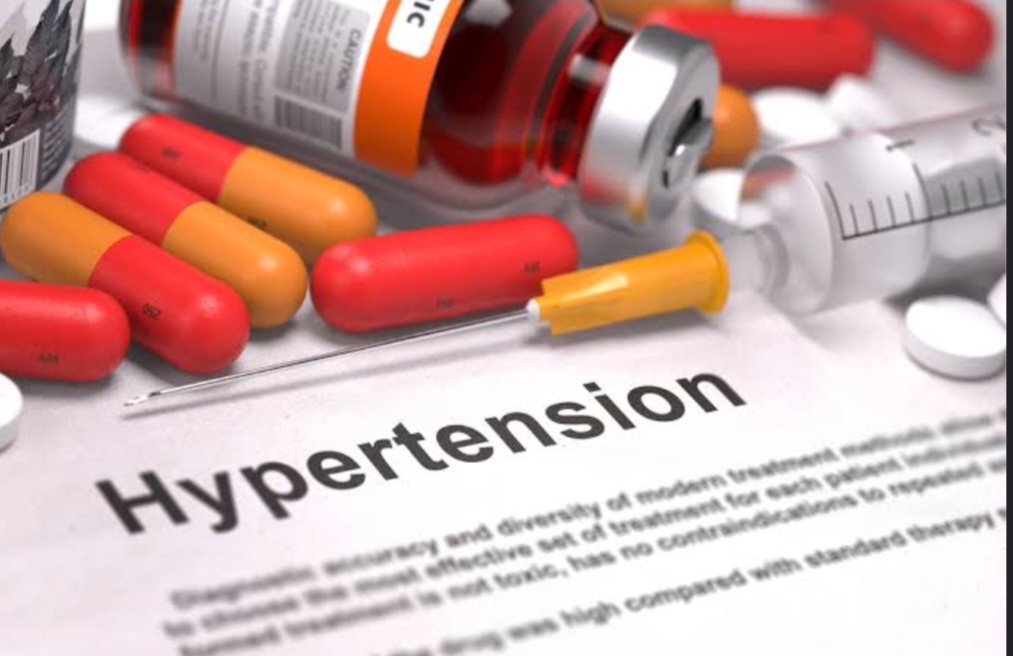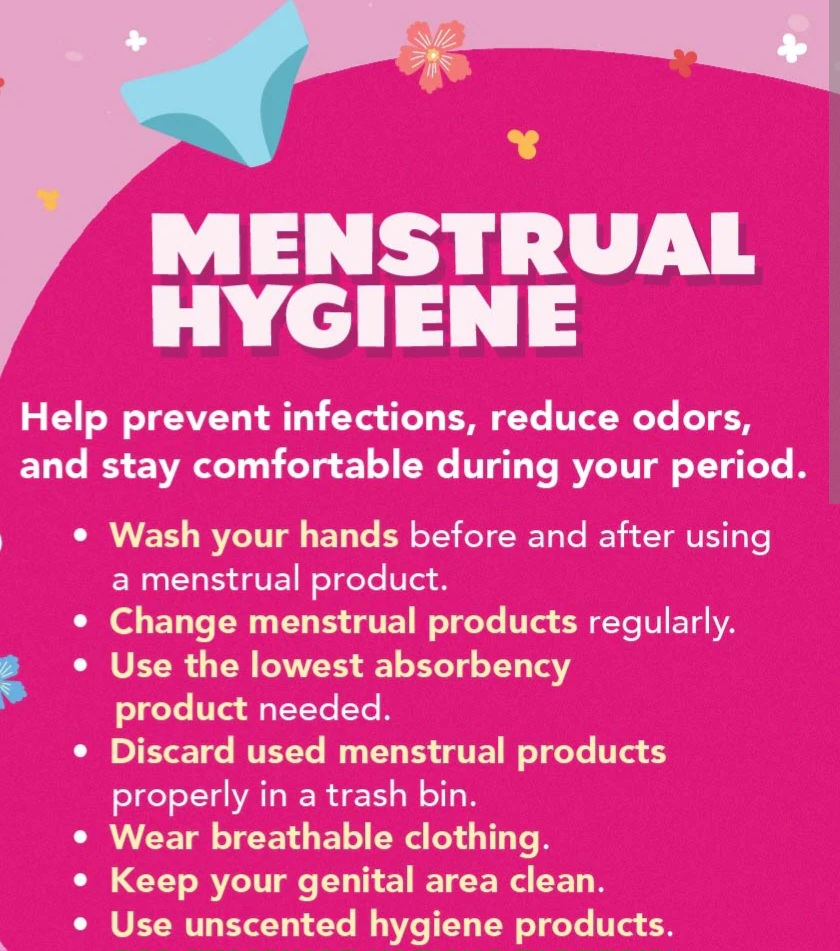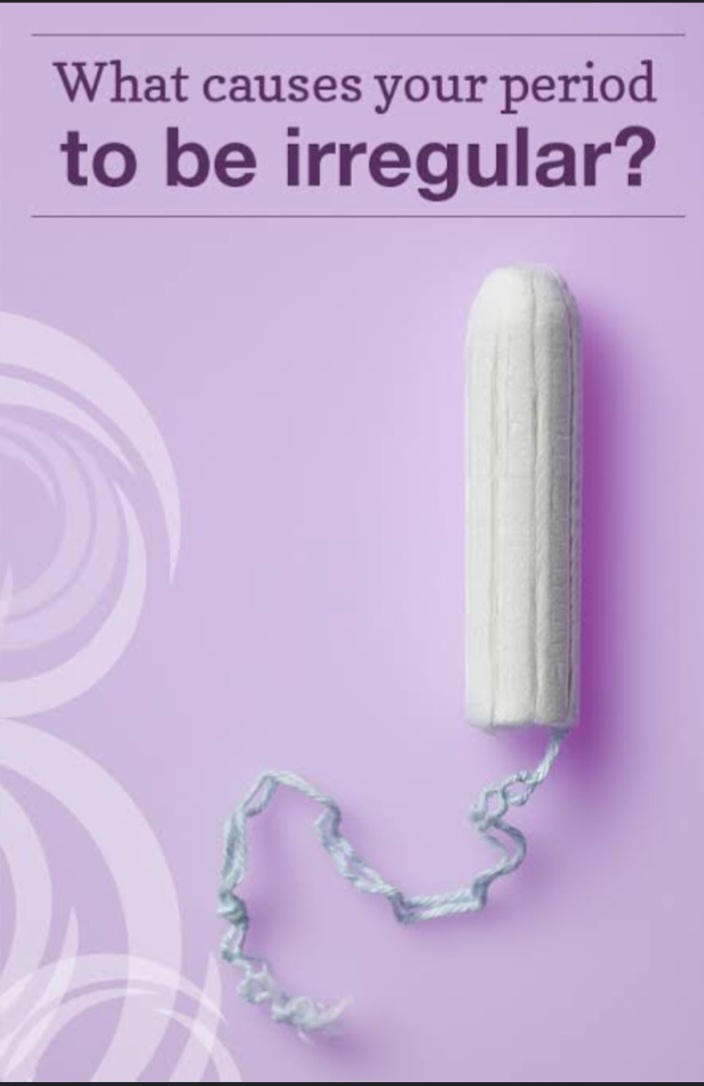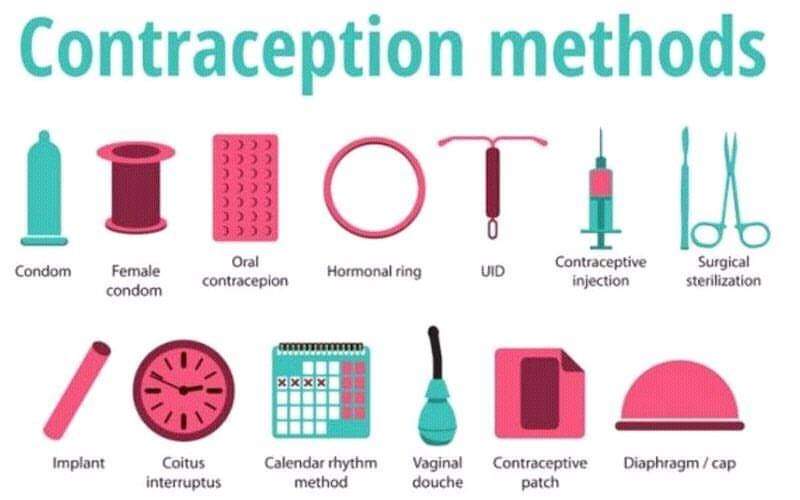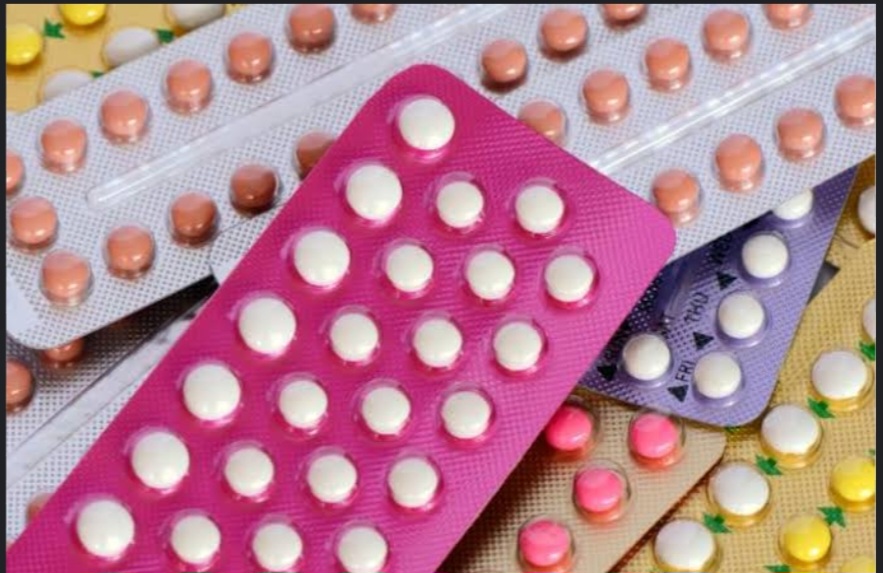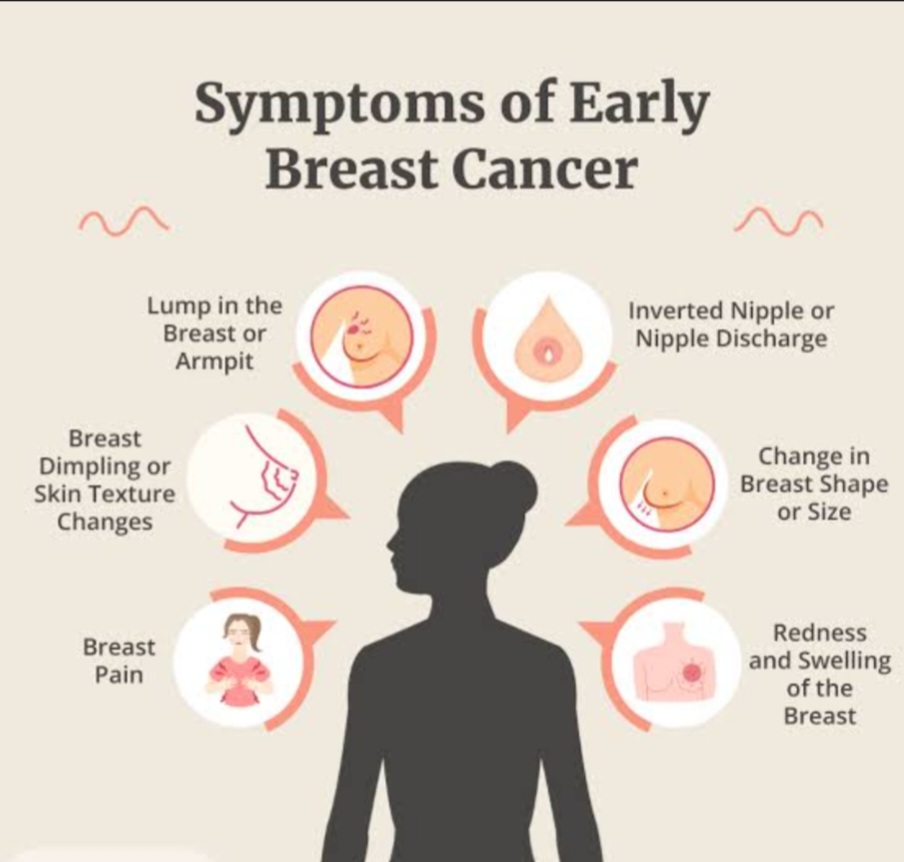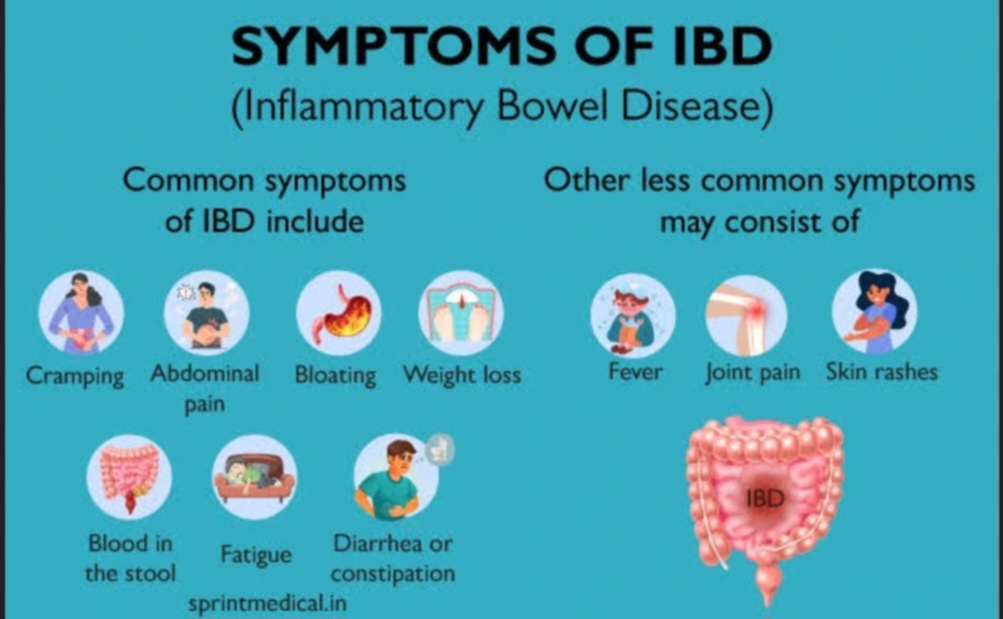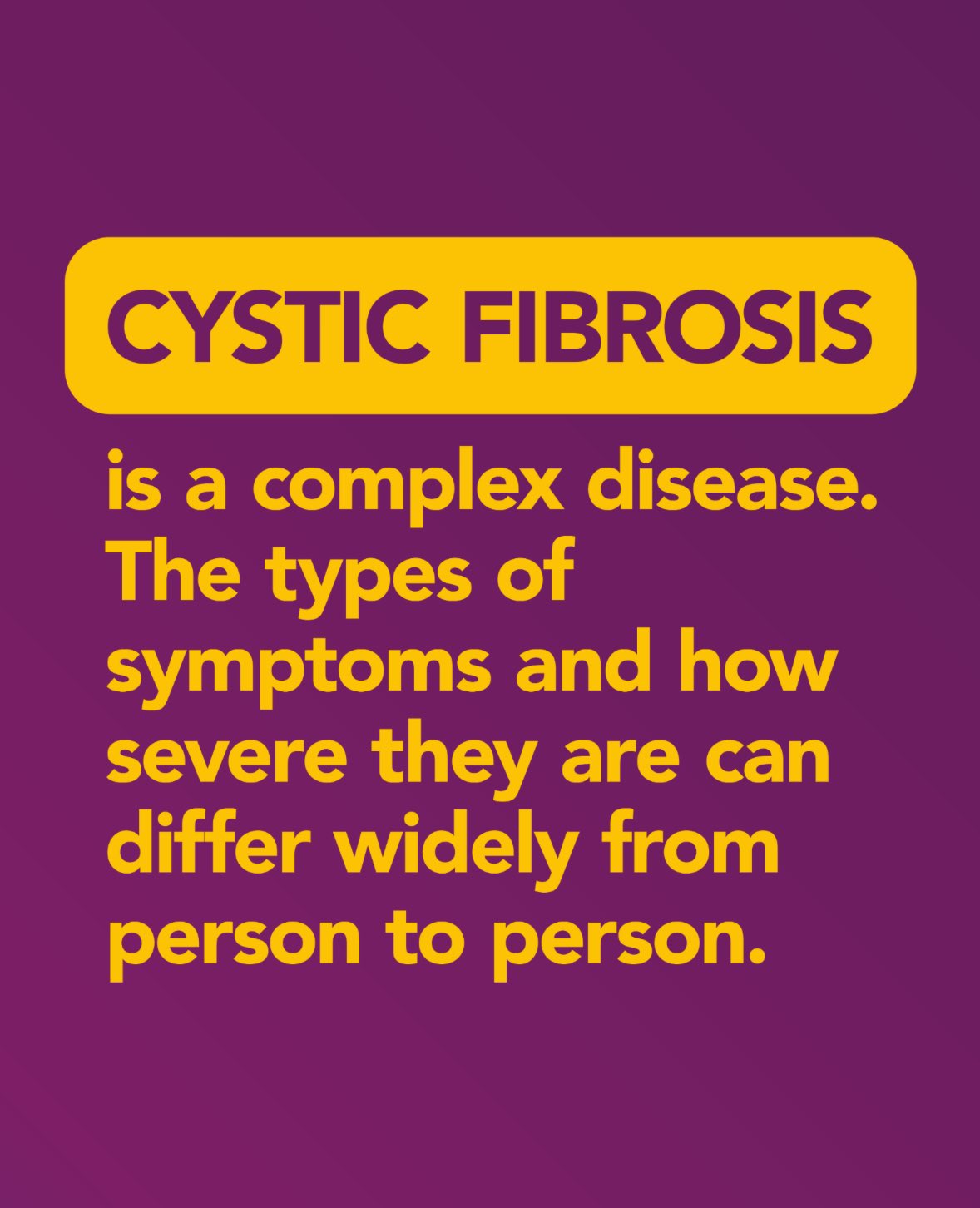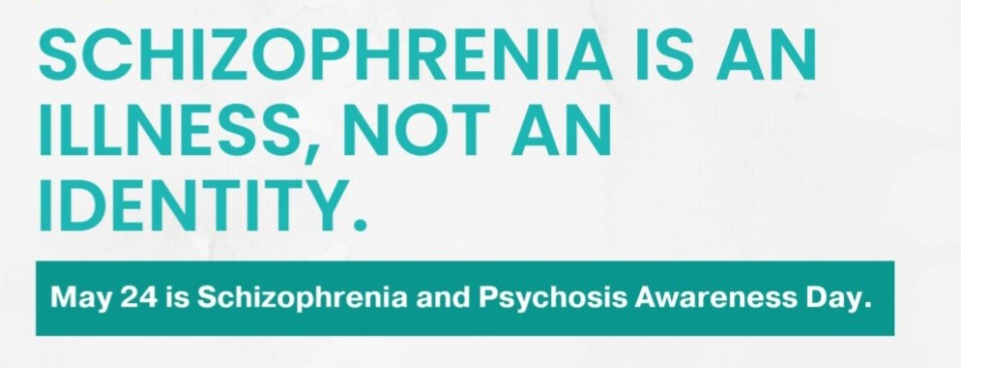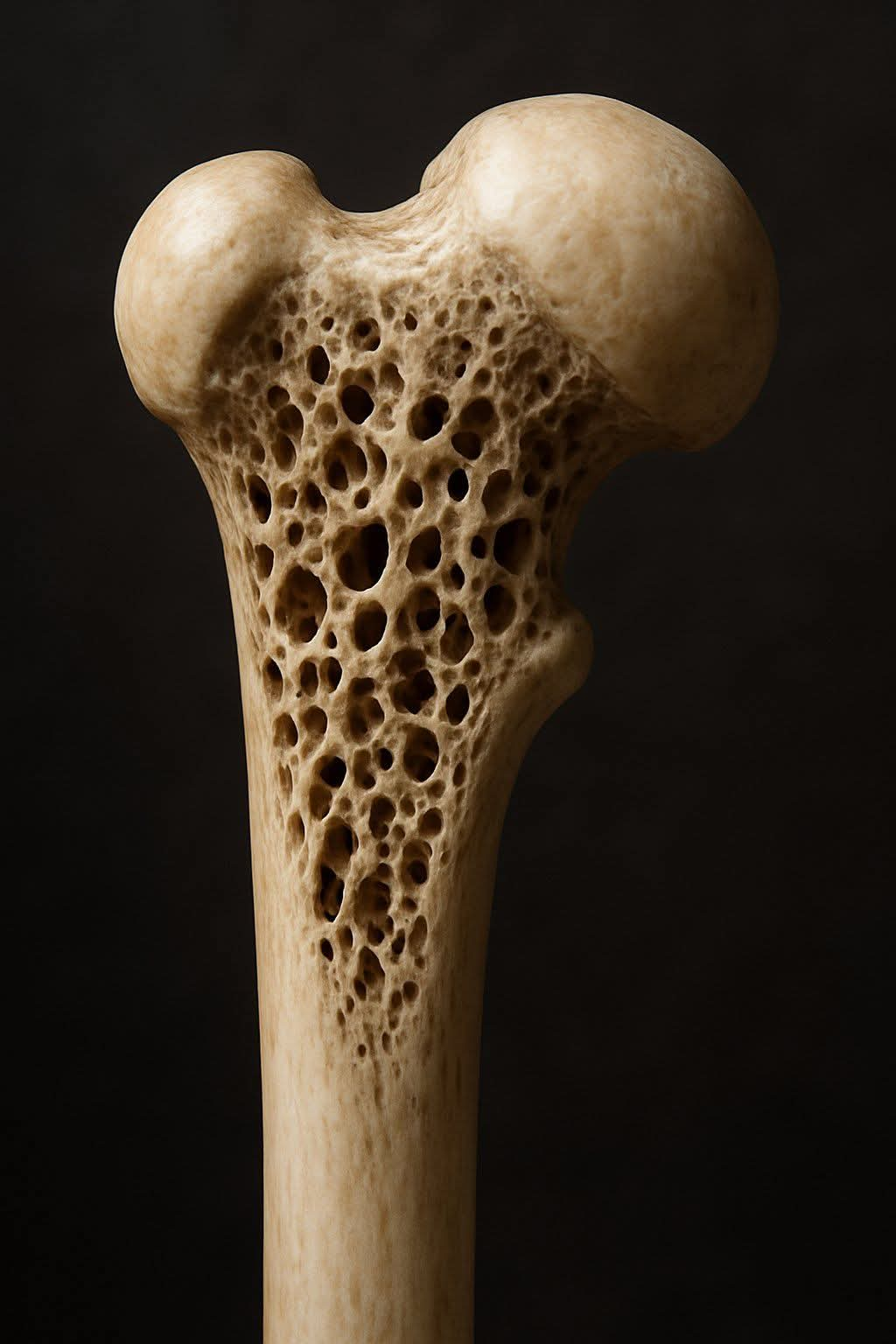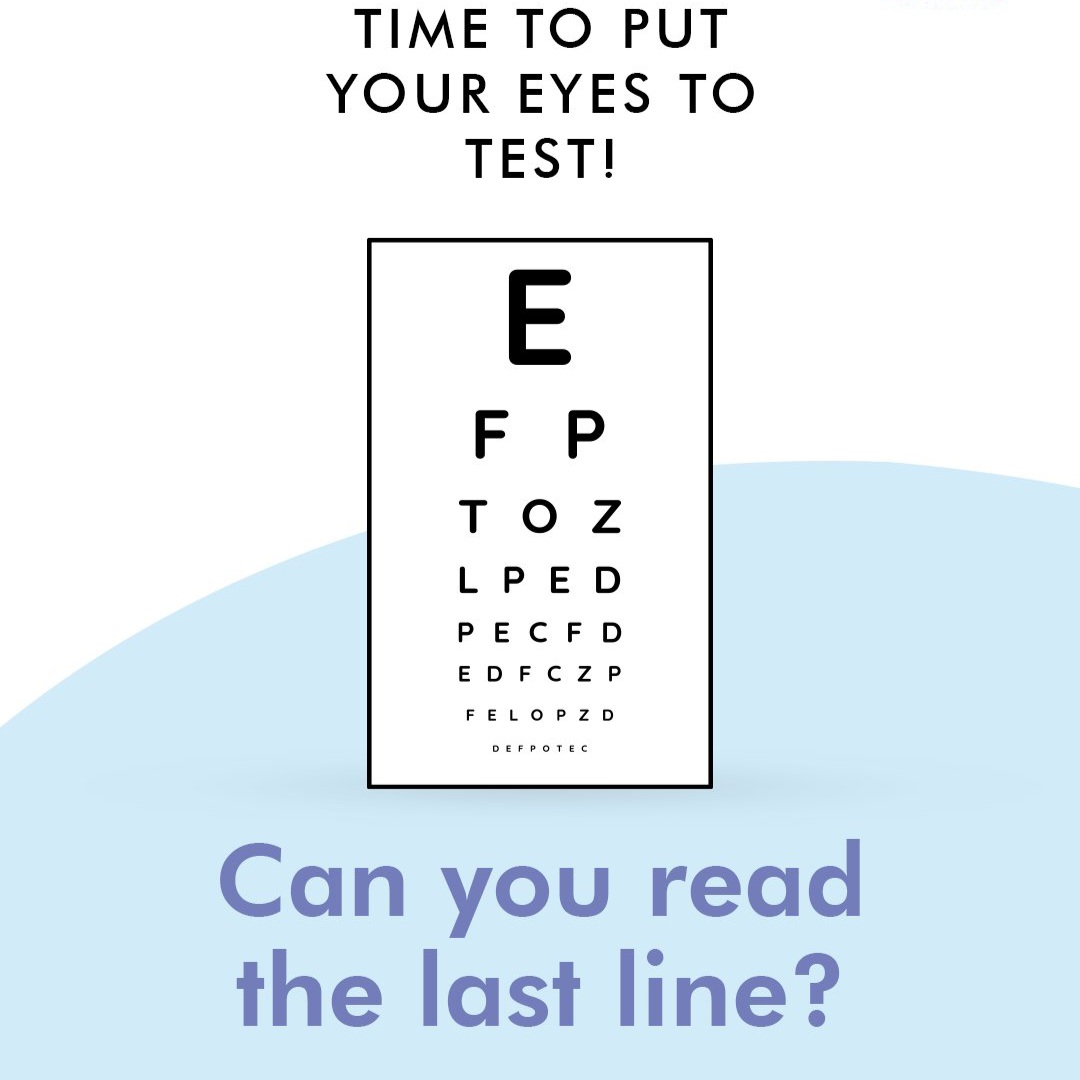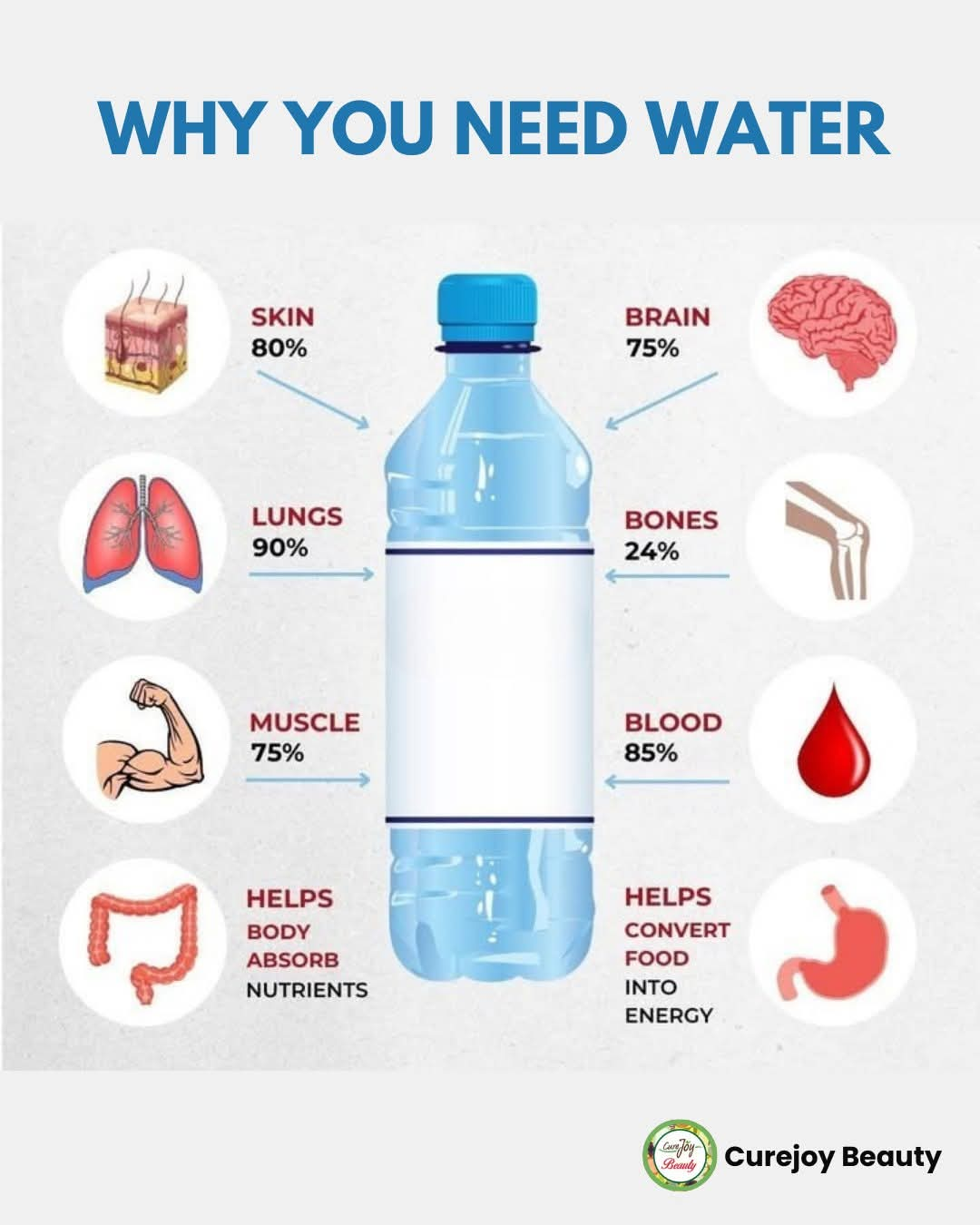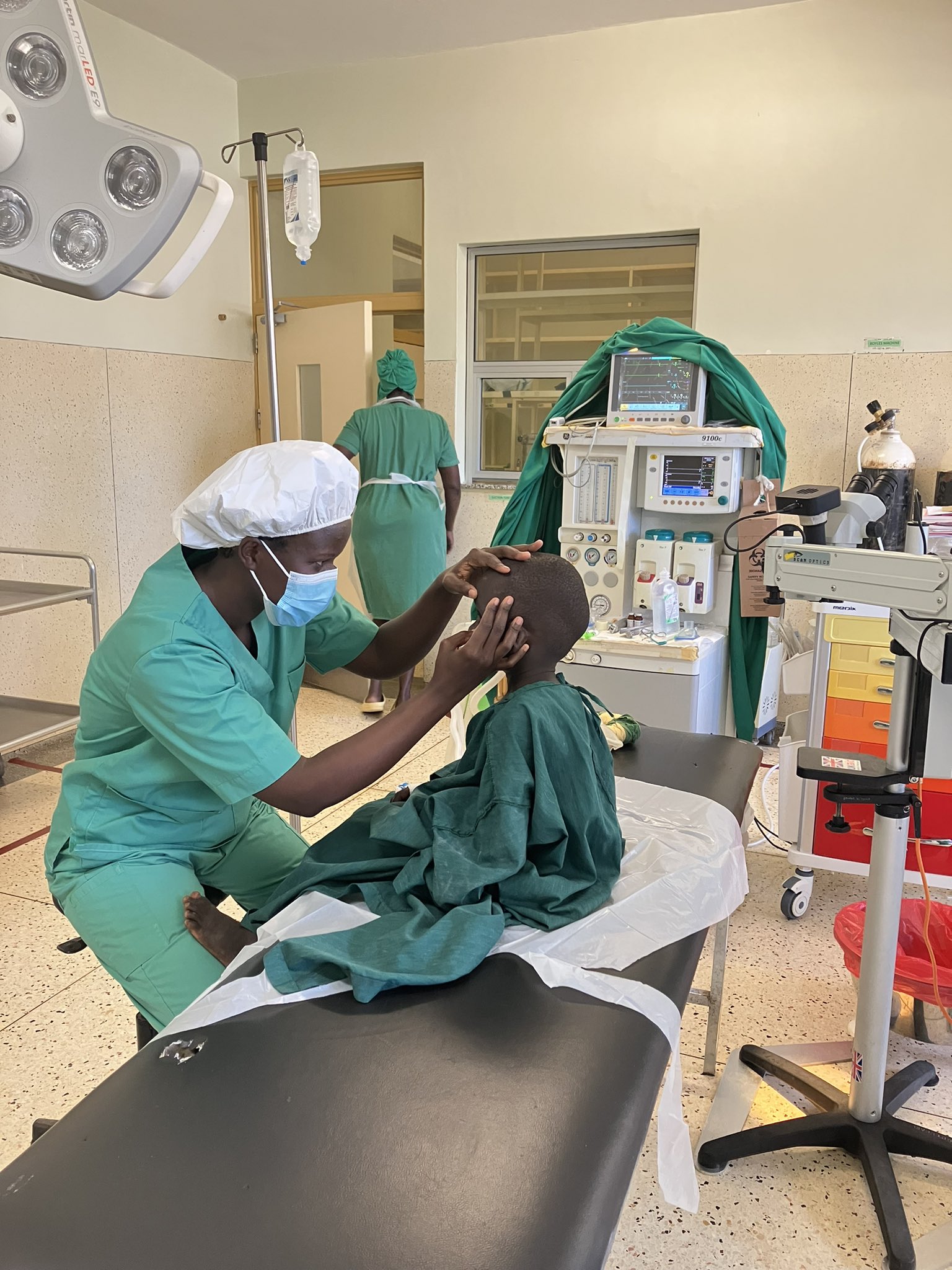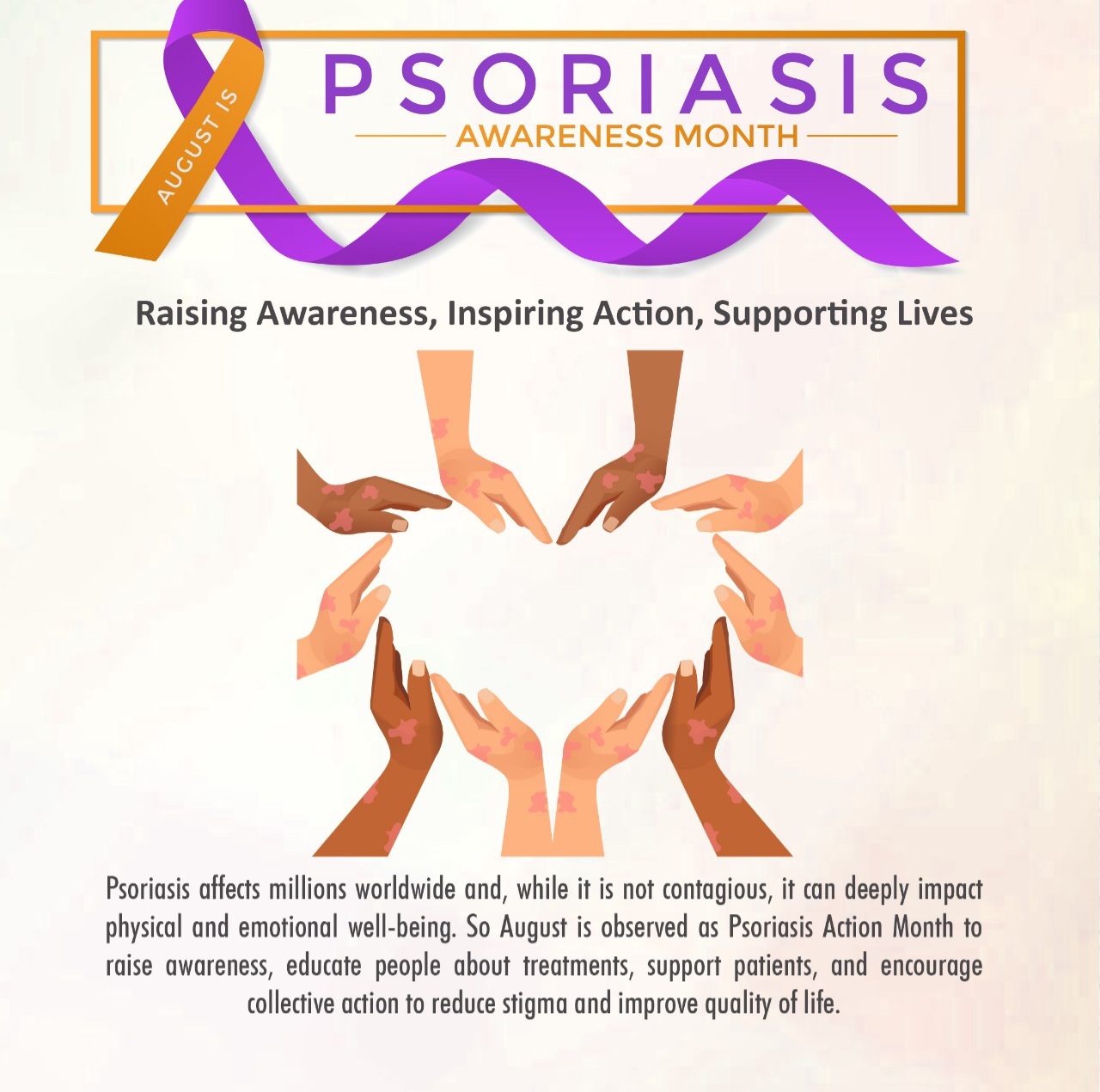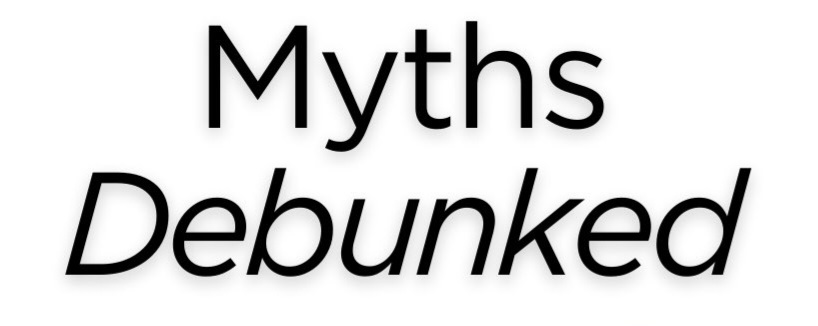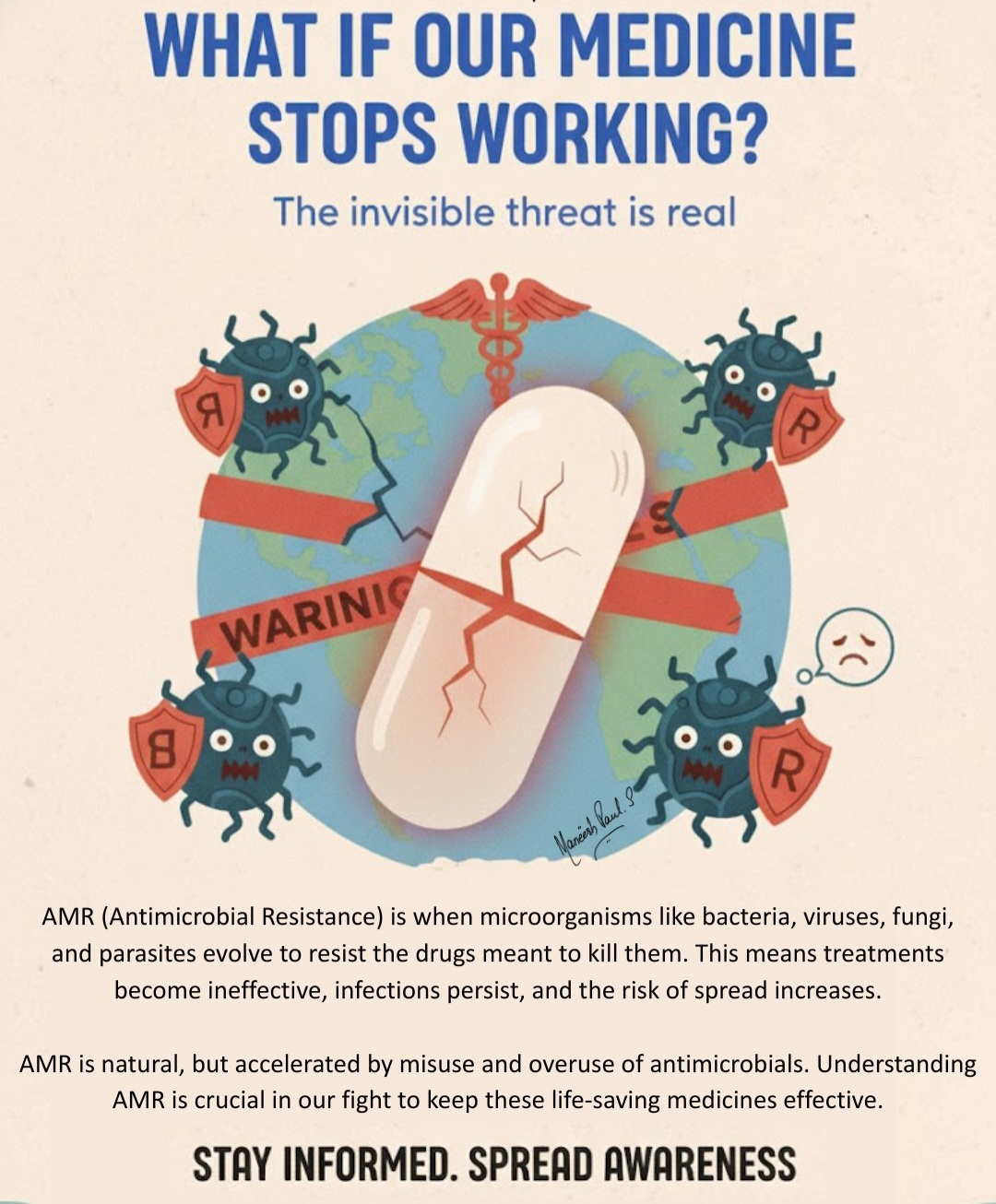What are Technology tools for management of diabetes?
Technology has become an essential part of diabetes management.
The technology tools have helped people with diabetes to improve their blood glucose levels and prevent or delay long term complications.
Technological tools in use to manage diabetes range from types of devices to applications.
Types of Devices
1. Continuous Glucose Monitors
Allows for continuous monitoring of blood glucose level.
How it works: Involves inserting a sensor under your skin to measure the level of glucose in tissue fluids. They stay up for some days.
They can sound alarms when there is rapid change in blood glucose for example in hypoglycemia.
N/B: Flash glucose monitors also exist. They utilize sensor technology that monitor glucose levels for up to 8 hours for several days.
2. Insulin Pump
It is a device that operates with a battery. It contains a reservoir of insulin.
Its normally won for 24 hours.
How it works: It is programmed to deliver insulin into the body via a tube (the infusion set/giving set) which has a fine needle inserted under the skin.
The pump can stay on for 2 to 3 days. .
Fast acting insulin is recommended for use in this pump.
The insulin pump helps reduce the risk of frequent hypoglycemia.
It is advisable to consult your healthcare provider to help you review and adjust your pump rates.
3. Blood Glucose Monitors
Helps measure the glucose levels in your blood.
How it works: Prick your finger using a lancet and put the blood on a test strip connected to a blood glucose monitor. The monitor the reading.
They can be used to self -check glucose levels as often as one may need to.
It also helps in knowing how diet, medication, exercise and other lifestyle modifications affect your blood glucose level.
4. Insulin Pens
This is an injection device that come with preloaded insulin.
It looks like a writing pen with a single use needle.
The preloaded insulin is injected on the skin‘s subcutaneous tissue.
Several types exist in the market, majorly smart or connected insulin pen.
Smart insulin pens are digital and can send information about time and amount of insulin injected to a mobile phone application. It can also send alerts when it detects that you have missed an insulin injection around your usual injection times (known as insulin meal time).
The digital smart pen can also give alerts on temperature and expiration dates.
Insulin pens contain step to step instructions to guide on proper usage. Always be keen to use it correctly for instance:
- Know how to select the right dose as prescribed for you by knowing how to correctly se the dosage knob.
- Know how to prime the insulin pen before each injection to remove air bubbles
- Know how to correctly attach a new needle on the pen.
- Know how to carry out the injection which is recommended to be done at right angle and allowing the needle to go all the way into the skin then slowly pushing the injection button to deliver the full dose. .
- The pen should be held at the injection site for about 10 seconds to allow the full dose to go into to the skin.
- After pulling out, unscrew the needle and dispose them off.
The recommended injection sites are:
- Lower belly
- Buttocks
- Upper and outer arms
- Front and side of thigh
N/B: Injection sites should always be rotated to avoid side effects such as swelling or depression on the site.
Are Tech Apps Useful for Diabetes Management
A number of mobile applications to help monitor and manage diabetes are available.
They offer guidelines and tips to improve self-monitoring for diabetes.
Always consult with your healthcare professional before you choose which tech is right for you.
